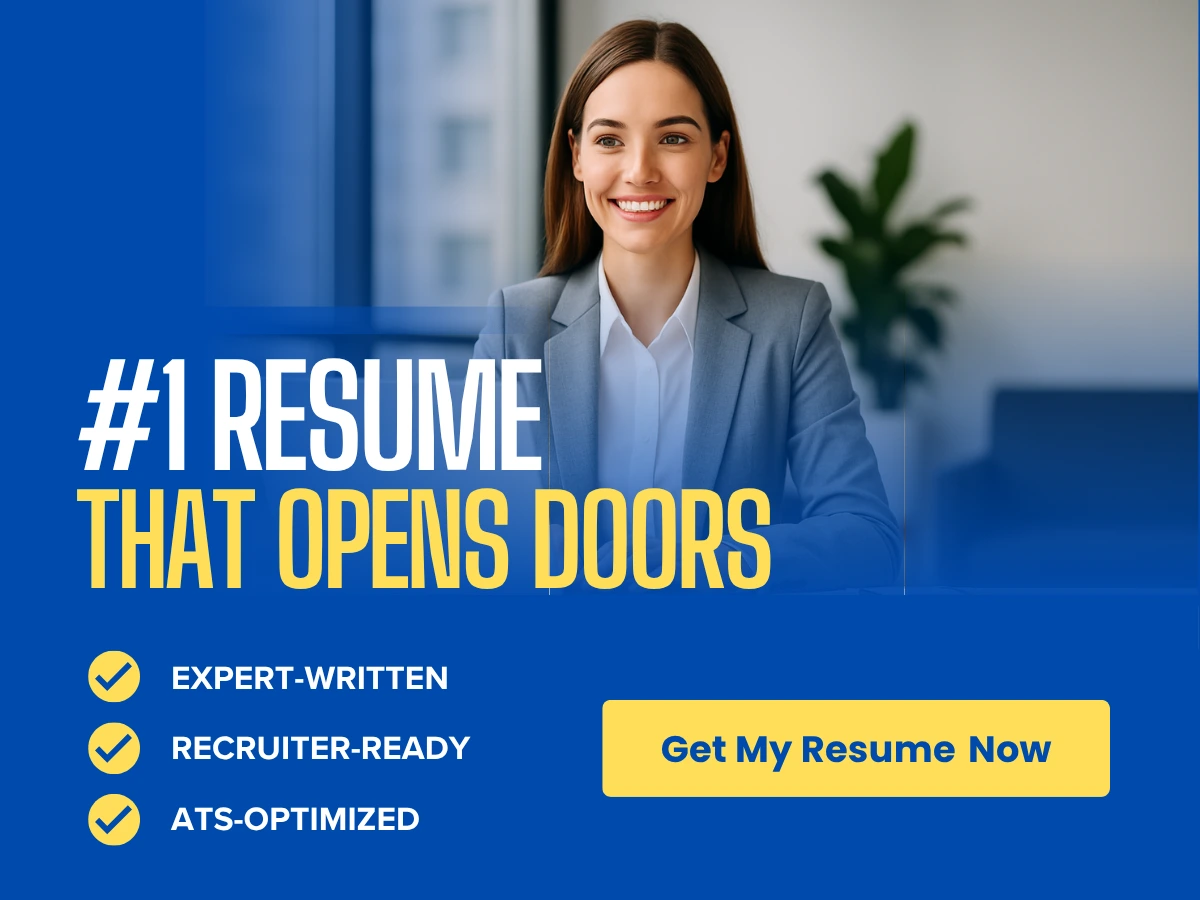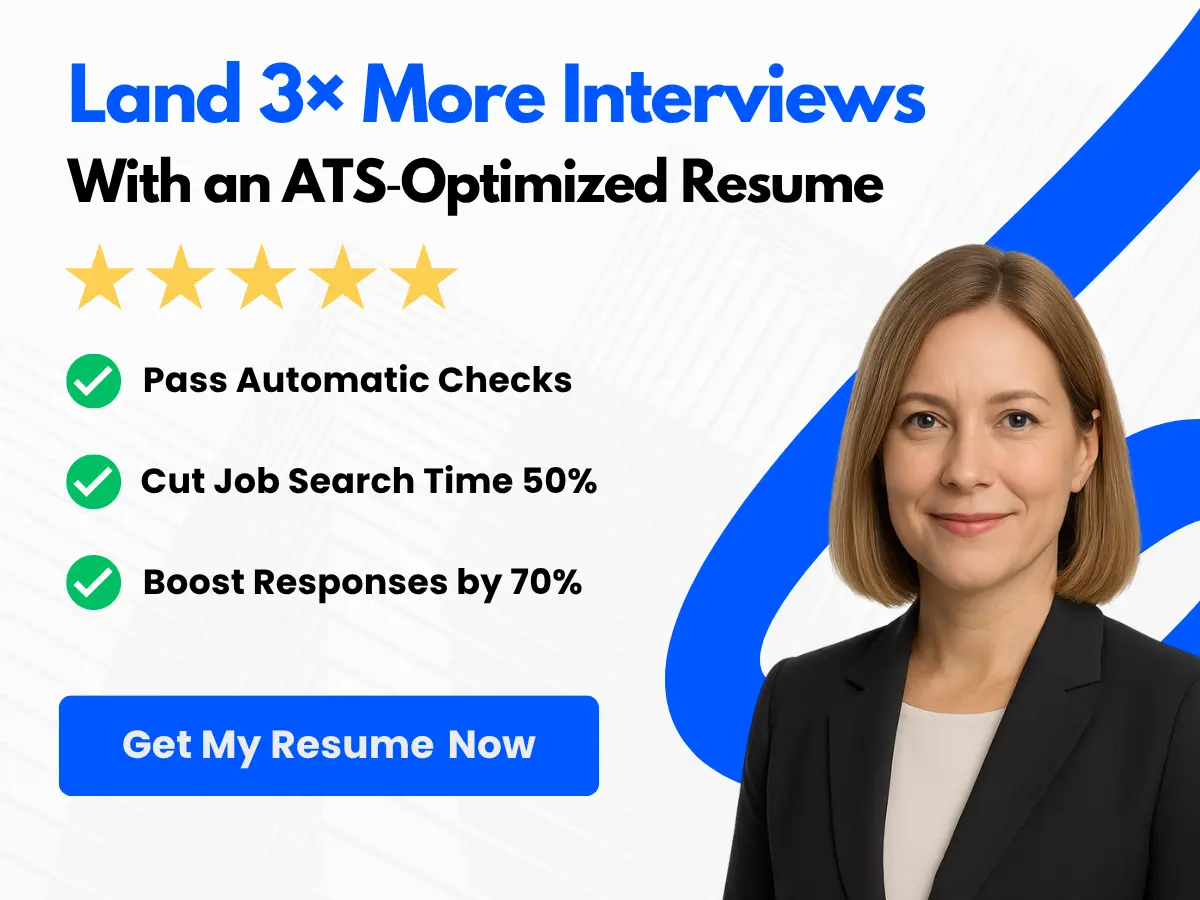As a job seeker, your resume is usually the first impression you make on hiring managers. A well-written and formatted resume can help you stand out from other applicants, highlighting your skills and experience in a concise and organized way.
In this article, we will provide you with valuable training job resume writing tips and examples to help you create an impressive and effective job resume. The article will cover various aspects of resume writing, from choosing the right format, to crafting an attention-grabbing summary, to highlighting your achievements and skills.
By the end of this article, you will have a better understanding of what makes a successful job resume and be equipped with the tools to create your own standout resume. So let’s get started and help you land your dream job!
Understanding Training Job Resumes
Definition of training job resumes
A training job resume is a document that is specifically tailored towards securing training job positions. It highlights the candidate’s skills and competencies that are relevant to training job roles. These could include the ability to communicate effectively, strong presentation skills, training design and development skills, experience in delivering training sessions, and the ability to assess and evaluate training programs.
Differences between regular job resumes and training job resumes
While there are similarities between regular job resumes and training job resumes, there are also significant differences. Below are some notable differences:

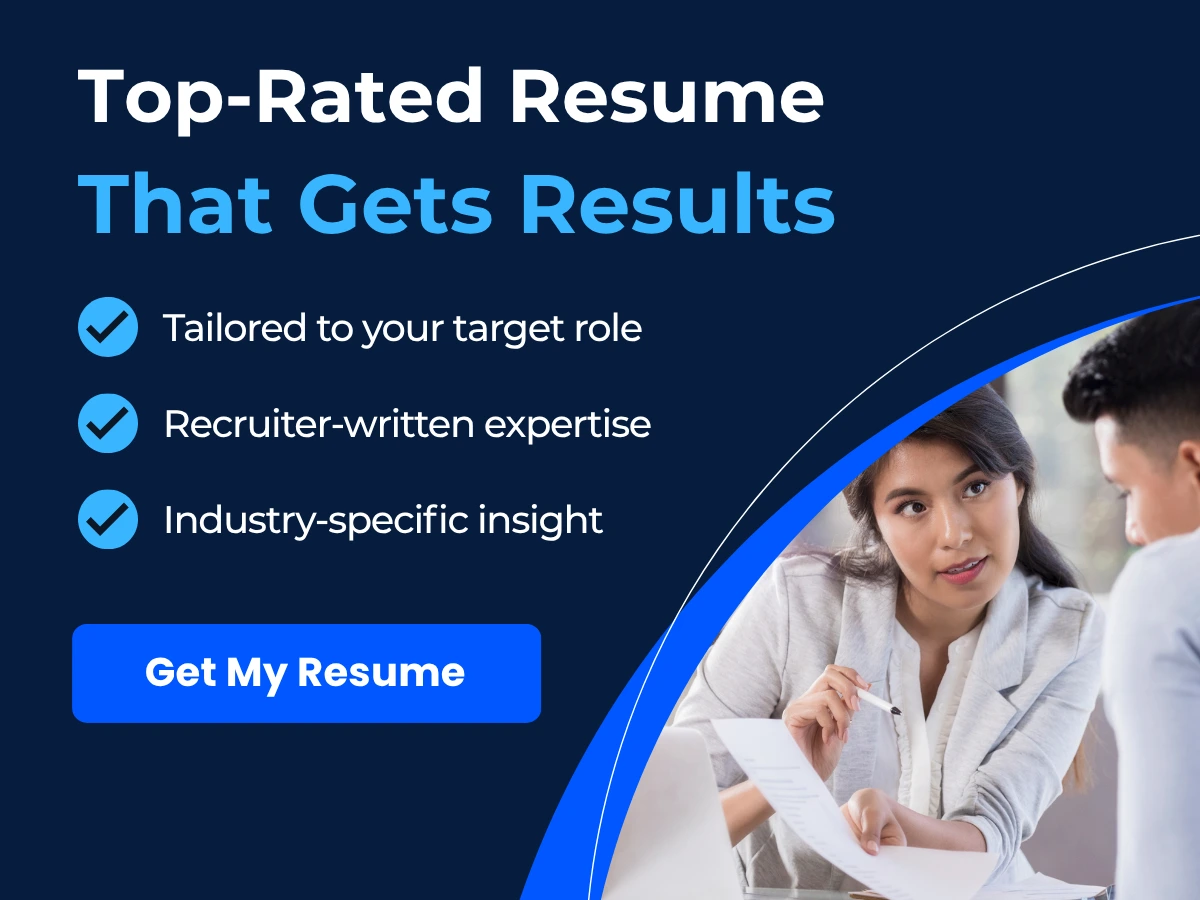
-
Emphasis on Training Experience: One of the main differences between regular job resumes and training job resumes is the emphasis on training experience. Unlike regular job resumes where a candidate can emphasize past job experiences, a training job resume should focus on the candidate’s experience in designing, developing, and delivering training programs.
-
Emphasis on Training Skills: Another difference is the emphasis on training skills. In a training job resume, the candidate should highlight their skills in instructional design, curriculum development, and training delivery. Additionally, they should demonstrate strong communication and presentation skills.
-
Emphasis on Education and Training Certifications: Education and training certifications play a significant role in a training job resume. Candidates should highlight their educational qualifications as well as any training certifications they may possess. These certifications could include Certified Professional in Learning and Performance (CPLP) or Training and Development Certified Professional (TDCP).
-
Emphasis on Transferable Skills: While training job resumes should emphasize training-specific skills, it is still essential to highlight transferable skills. These could include leadership skills, project management skills, and communication skills. Hiring managers are always looking for candidates with strong transferable skills, as these can be applied to a wide range of roles.
The differences between regular job resumes and training job resumes are significant. By ensuring that a training job resume emphasizes training-specific skills, education, and certifications, and transferable skills, candidates can increase their chances of securing a training job position.
Researching the Company and the Job
One of the essential steps in crafting a job-winning resume is researching the company and the job you’re applying for. To stand out from the competition, you need to show the hiring manager that you’ve done your homework and have a genuine interest in the role.

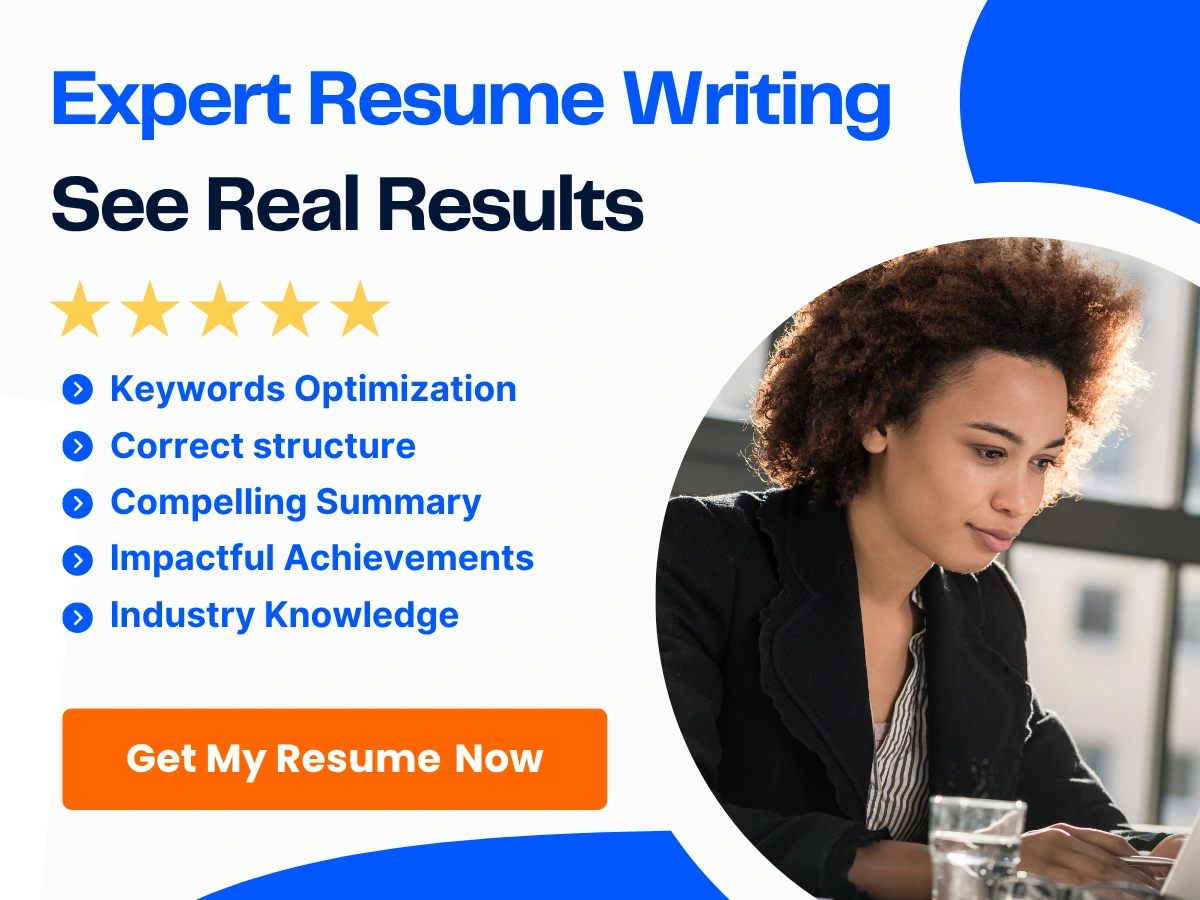
Identifying keywords and phrases to include in the resume
Before you start writing your resume, you must identify the keywords and phrases related to the job description. These will be the specific skills, knowledge, and attributes relevant to the job you’re applying for. The best way to do this is by reviewing the job description carefully and highlighting the main points.
Make a list of the keywords and phrases that stand out. These could be technical keywords or soft skills related to communication, team collaboration, problem-solving, and decision-making. Keep in mind that the more specific you are in including these keywords in your resume, the higher the chances of getting shortlisted by the employer.
Tailoring the resume to match the job description
Now that you have identified the keywords and phrases, it’s time to tailor your resume to make it fit the job description. This means highlighting your most relevant qualifications and experiences that match the requirements of the job.
Begin by customizing your resume’s objective statement to align with the position. This statement should highlight your skills, experiences, and achievements that make you the right fit for the job.
Next, make sure to mention the relevant skills and experiences in your work history and education sections. Emphasize your achievements in past positions that align with the job description. Avoid generic statements and include specific examples of how you solved problems or made a significant contribution in your previous work.

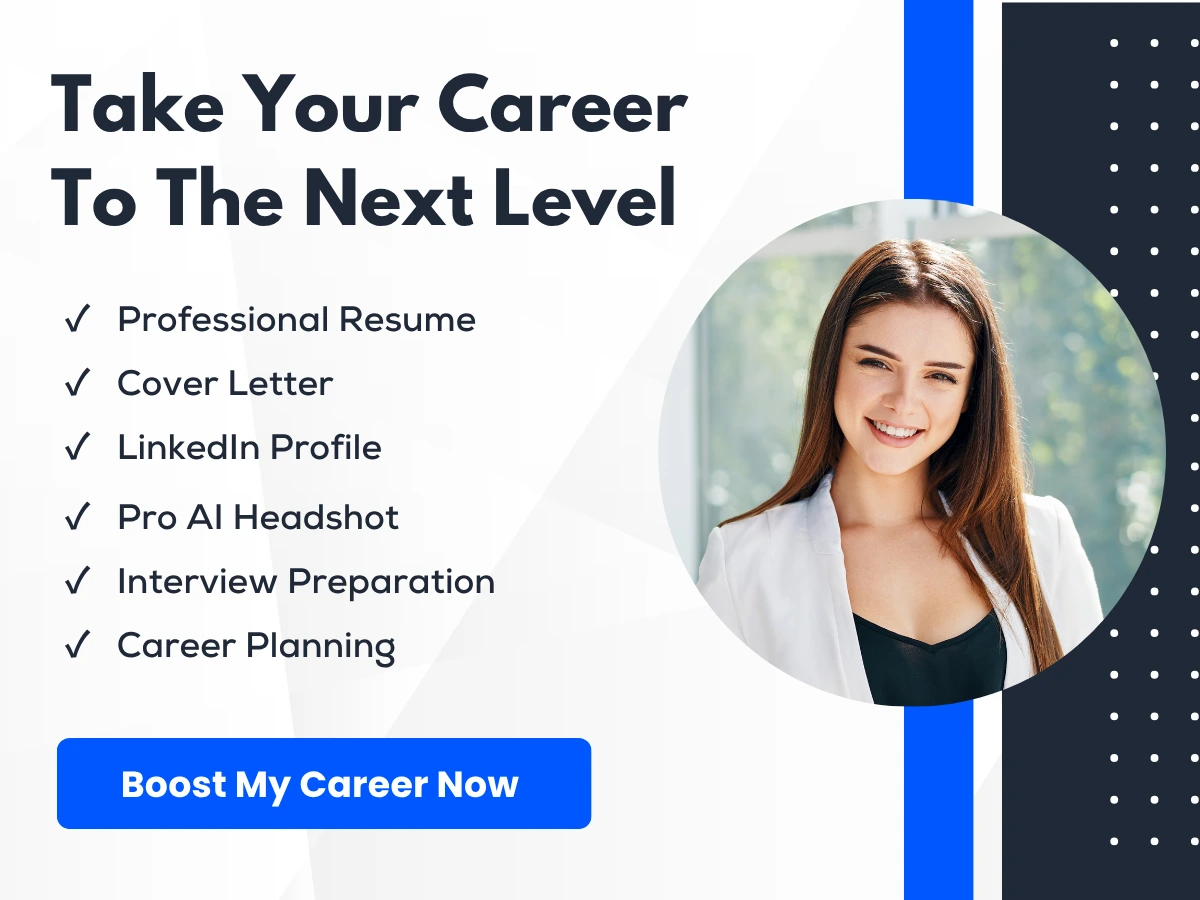
Lastly, include a skills section highlighting the specific technical skills that are relevant to the job. For instance, if you’re applying for a social media marketing role, mention your proficiency in Facebook Ads, Google Analytics, and other relevant tools.
Researching the company and job, identifying keywords and phrases, and tailoring the resume to match the job description are crucial steps in crafting a winning resume. By doing this, you increase your chances of getting shortlisted by the employer and landing your dream job.
Writing the Contact Information
Proper Formatting and Placement of Personal Information
When it comes to writing the contact information section of your resume, it’s important to ensure that it follows proper formatting and is placed correctly within your document. The contact information section should always be at the top of your resume, typically in the center or left-hand margin.
At minimum, the contact information section should include the following details:
- First and Last Name
- Email Address
- Phone Number
Additionally, you may also include your mailing address, LinkedIn profile URL, and/or your professional website.
In terms of formatting, there are some standard guidelines you should follow:
- Use a clear and legible font
- Bold your name
- Keep email and phone number on separate lines
- Indicate the type of phone number (e.g. mobile, home, office)
By following these standard formatting guidelines and placing your contact information in the appropriate location, you can ensure that your resume is easy to read and professional-looking.


Tips on Email Addresses and Phone Numbers
Choosing an appropriate email address and phone number may seem simple, but there are some important considerations to keep in mind when presenting your contact information on your resume.
Email Addresses
When it comes to email addresses, consider the following tips:
- Choose a professional email address that includes your full name or initials (e.g. [email protected] or [email protected]).
- Avoid using unprofessional email addresses that include nicknames, humorous phrases, or numbers that may be difficult to remember.
- Check your email regularly and respond promptly to messages from potential employers.
Phone Numbers
When it comes to phone numbers, keep the following tips in mind:
- Provide a phone number that is reliable and easy to reach, preferably a mobile number.
- Ensure that your voicemail message is professional and provides helpful information about when you can be reached or when the caller may expect a return call.
- Be prepared to answer the phone professionally and take calls from potential employers at any time.
By following these tips and ensuring that your contact information is presented in a professional manner, you can improve your chances of getting called in for an interview and landing your dream job.
Crafting a Professional Summary
In the competitive landscape of job hunting, having a strong summary statement on your training job resume can make all the difference. A professional summary should succinctly convey your unique value proposition, relevant experience, and career goals, all while catching the attention of hiring managers.
A well-crafted summary statement can showcase your qualifications and attract the employer’s interest. In fact, research has shown that many recruiters and hiring managers spend less than 20 seconds reviewing an applicant’s resume. Therefore, a brief and captivating summary statement can quickly grab their attention and help you stand out among a sea of other applicants.

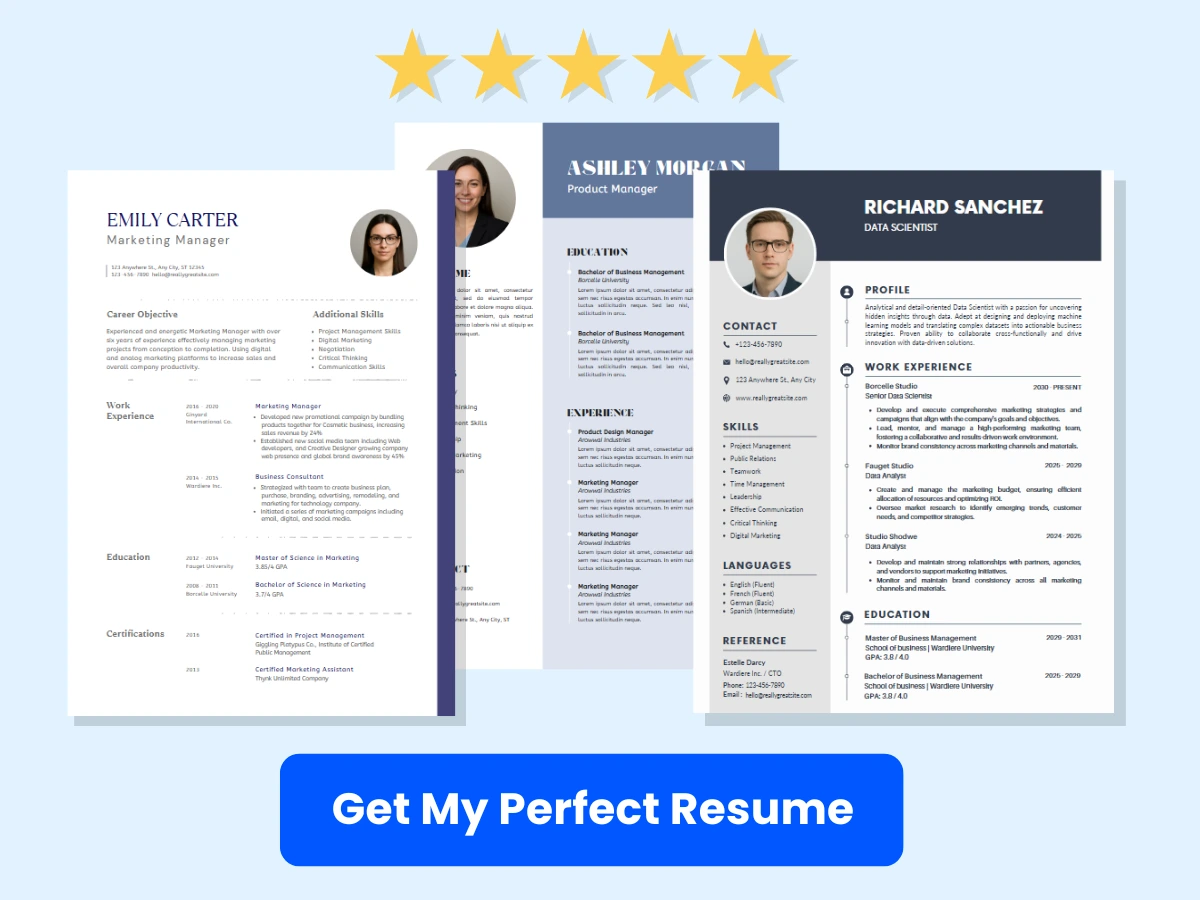
Here are some examples of effective summary statements for training job resumes:
-
Dedicated and innovative training professional with 5+ years of experience leading successful employee development programs in a variety of industries. Passionate about creating engaging training sessions that lead to measurable results and improved team performance.
-
Highly skilled instructional designer with proven success in creating effective learning experiences for diverse audiences. Proficient in eLearning tools and methodologies, and committed to delivering engaging and interactive programs that drive knowledge retention and skill development.
-
Results-driven corporate trainer with 8+ years of experience in designing and delivering training programs that improve employee performance and productivity. Effective communicator with a talent for leveraging industry best practices to create compelling and engaging training content.
As you can see, these summary statements effectively showcase the candidate’s experience, skills and goals, and provide a clear value proposition to potential employers. By following these examples, you can craft a summary statement that showcases your unique qualifications and positions you as a top candidate for the job.
Showcasing Skills and Qualifications
One of the most important aspects of crafting a successful resume is showcasing your skills and qualifications. Whether you are an entry-level candidate or a seasoned professional, highlighting your expertise and credentials is crucial to standing out in a competitive job market.

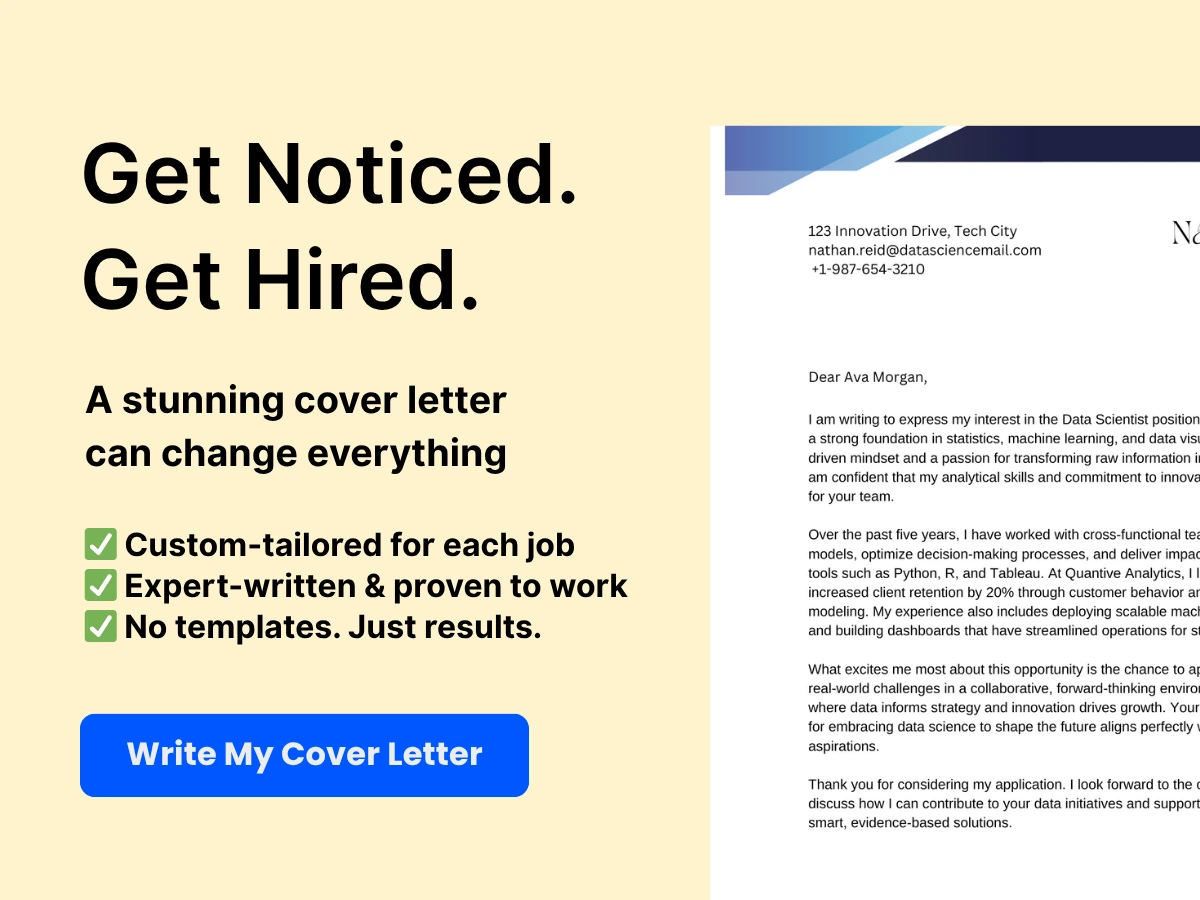
To do this effectively, start by listing any relevant training and certifications you have earned. This might include degrees, vocational training, online courses, or industry-specific certifications. Be sure to include the name of the institution, the date you received the credential, and any notable achievements related to it.
For example, if you completed a specialized certification program in project management, you might highlight the fact that you achieved a perfect score on the final exam, or that you were chosen to lead a group project as part of the course.
In addition to formal training and certifications, you should also highlight any transferable skills you possess. These are skills that can be applied to a variety of different roles and industries, and are therefore highly valued by employers.
Examples of transferable skills might include communication, leadership, problem-solving, and teamwork. To showcase these skills effectively, provide specific examples of times when you have demonstrated them in your work or personal life.
For instance, perhaps you led a team of volunteers for a community service project, or you organized a company-wide fundraiser that exceeded its goal. These experiences demonstrate your ability to collaborate with others, plan and manage complex tasks, and achieve tangible results.


It’s also important to tailor your resume to the specific job you are applying for. When highlighting your skills and qualifications, focus on those that are most relevant to the position. Consider the job description and requirements carefully, and make sure you are highlighting the skills and experience the employer is looking for.
Listing relevant training and certifications and highlighting transferable skills are crucial components of a successful resume. By taking the time to showcase your expertise and qualifications in these areas, you can increase your chances of landing the job you want. So take a careful inventory of your skills and credentials, and be sure to highlight them in your next job application. Good luck!
Describing Professional Experience
Crafting a professional experience section can be tricky, but following a few general guidelines can make it easier.
Structuring the professional experience section
- Include relevant information: Your job titles, company names, and employment dates should be included in your professional experience section. Make sure to list your experiences in reverse chronological order (unless you have a functional resume where you group your experiences by skill rather than by date).
- Highlight your achievements: Provide a brief summary of your responsibilities, followed by the most significant accomplishments while working in that role. Use bullet points to make it easy for the hiring manager to skim through the information.
- Focus on quality not quantity: Only include experiences that are relevant to the job you are applying for. You don’t need to include every job you have ever had, especially if they don’t support your current career goals.
Including quantifiable achievements and results
Including achievements and results that can be quantified is crucial to make your professional experience section stand out. By highlighting quantifiable achievements, you provide concrete evidence to the hiring manager about your ability to deliver results. Here are some tips for including quantifiable achievements:
- Use numbers, percentages or dollar amounts to provide context to your impact. For example, “Led a team of 10 people resulting in a 30% increase in sales revenue.”
- Emphasize the outcomes of your actions, rather than just listing responsibilities. For instance, “Implemented a new project management system resulting in a 40% reduction in project completion time.”
- Tie your achievements back to the company’s goals or objectives. To show your potential impact, you can mention how your efforts contributed to the company’s growth, profitability, or market share.
By following these tips, you can craft a professional experience section that effectively showcases your skills and successes. Remember to keep it focused on your achievements and quantify them with specific numbers to help the hiring manager understand your value proposition.
Education and Academic Qualifications
When it comes to crafting a job resume, relevant education and academic qualifications are essential in demonstrating your potential to excel in a particular role. Therefore, it is important to not only list your educational achievements but also highlight the relevant coursework and training programs that you have undertaken.
Formatting and Including Academic Achievements
The key to including academic achievement is to list it in a clear and concise manner that quickly grabs the attention of potential employers. Here are some tips for formatting academic achievements:
- List your academic credentials in reverse chronological order (starting from the most recent)
- Begin with your degree or diploma, followed by the name of the institution and the year of graduation.
- Include any honors or recognition that you received while in school
- Keep the formatting consistent throughout the resume.
List of Relevant Coursework and Training Programs
Apart from academic qualifications, it is equally important to list the relevant coursework and training programs that you have undergone, especially if they are relevant to the job you are seeking. This will give your potential employer a clear idea of your specialized skills and how they relate to the job.
Here are some examples of relevant coursework and training programs that you may consider including in your resume:
- Leadership training programs
- Technical certification courses
- Professional development workshops
- Language proficiency courses
- Industry-specific training programs
By including these coursework and training programs in your resume, you are showcasing your commitment to continuously learning and upgrading your skills. This can make you stand out among other applicants and increase your chances of being selected for the job.
Education and academic qualifications play a crucial role in creating a strong job resume. By formatting and including relevant academic achievements, and relevant coursework and training programs, you are not only demonstrating your potential to excel in the role but also highlighting your willingness to learn and grow in your career.
Adding Volunteer and Community Engagement
When it comes to job resumes, experience is key. However, not all experience needs to be paid work experience. Including community involvement and volunteer work on your resume can show that you are a well-rounded individual who is not only interested in making a living but also contributing positively to society.
It’s important to include only relevant volunteer and community involvement. This means that if you are applying for a job as a software developer, your volunteer work as a pet adoption counselor might not be as relevant. Instead, consider including volunteering experiences such as technology mentorship or coding for non-profit organizations. When deciding what to include, consider what skills you gained or improved, what tasks you performed, and what results you achieved.
Moreover, you should connect your volunteer experience to your job qualifications. You might have improved your troubleshooting and problem-solving abilities by volunteering as a software trainer for a non-profit organization. If you are applying for a technical support role, you can showcase how your volunteer work can translate to the job responsibilities. Additionally, volunteering for a community organization can provide leadership, teamwork, and communication skills that are desirable in any job.
Lastly, it’s essential to highlight your community involvement and volunteer work in a way that is easily understandable to the hiring manager. When listing your volunteer experience, include the organization name, your role, the duration, and key outcomes. You can also mention any recognitions or awards that you received while volunteering.
Including volunteer and community involvement experience on your resume can demonstrate your well-roundedness and alignment of values with the company’s culture. To make the most of this experience, ensure that it’s relevant to the job you are applying for and connect it to your job qualifications. By doing so, you will make your resume stand out and increase your chances of landing an interview.
Refining the Look and Feel of the Resume
When it comes to creating a standout resume, choosing the right format and layout is crucial. A clear and visually appealing design can make a significant difference in catching the attention of hiring managers.
Selecting the Best Format and Layout
There are several types of resume formats, including chronological, functional, and combination. The format you choose should depend on your work experience, skills, and the job you are applying for.
-
Chronological format – This format lists your work experience in reverse chronological order, starting from your most recent position. It is the most common type of resume format and is suitable for job seekers with a solid work history.
-
Functional format – This format focuses on highlighting your skills and achievements, rather than your work experience timeline. It is best suited for job seekers who have gaps in their employment history and want to highlight their transferable skills.
-
Combination format – This format combines the elements of the chronological and functional formats. It highlights your work experience while also showcasing your skills and achievements.
In addition to the format, it’s essential to consider the layout of your resume. Make sure that the information is easy to read and has a clear hierarchy. Use bullet points and headings to break up dense paragraphs and make sure that the page’s overall design is clean and visually appealing.
Tips on Font Size, Page Margins, and Overall Visual Appeal
To ensure that your resume is easy to read and visually appealing, consider the following tips:
-
Font size – Use a consistent and legible font for the entire resume. A font size of 10-12 points is generally recommended.
-
Margins – Set your page margins to at least 1 inch on all sides to provide ample white space and avoid crowding the page.
-
Visual appeal – Use bold fonts, italics, and underlines to draw attention to important information. However, use them sparingly to avoid cluttering the page. Use a consistent color scheme and avoid using too many colors.
Refining the look and feel of your resume is essential to make it stand out to potential employers. Choose the best format and layout that highlights your skills and achievements and make sure that the font size, margins, and overall visual appeal are easy on the eyes.
The Final Edit
When it comes to creating a top-notch job resume, one cannot overlook the importance of the final edit. The last step of the resume writing process is crucial in ensuring that the document is error-free, engaging, and impressive.
The final editing stage involves two main tasks – proofreading and seeking feedback from others. Both of these tasks require meticulous attention to detail and a willingness to make changes that could make all the difference in landing the job of your dreams.
Proofreading and Checking for Errors
Proofreading is a crucial step in the editing process that involves carefully reviewing and correcting errors in spelling, grammar, and punctuation. One way to proofread effectively is to read the document out loud, which often helps identify mistakes that may have gone unnoticed otherwise.
It can also be helpful to seek assistance from technology—employ a grammar checker to catch any errors it can, such as Grammarly. Remember that proofreading is much more thorough than simply using a grammar checker, so always double-check your text yourself.
Seeking Feedback from Others
Another key step in the final editing process is seeking feedback from others. It can be challenging to assess your own work objectively, so seeking input from others can help identify weak points and give a fresh perspective on how to improve them.
Ask peers or friends for honest feedback and constructive criticism. You might discover things you never would have seen on your own, exposing areas that need work but also guiding you as to what you’re doing right. Taking that actionable feedback and making changes accordingly will aid in closing the gap to a successful application.
It’s important to remember that, ultimately, you want your resume to be a clear representation of all the hard work and accomplishments in your career. And going through the final editing process is the last step in crafting a strong resume that will impress hiring managers and get you that dream job.
Proofreading your resume and receiving feedback has incredible value in reaching a prospective hiring team. Make sure that your final document is a true reflection of your best work and maximizes your chances of getting that callback.
Related Articles
- Team Leader Resume Samples for All Experience Levels in 2023
- New Teacher Resume: Entry Level Sample for 2023
- Defining Your Dream Job: Answers to the Interview Question
- Airport Customer Service Agent Interview Questions
- What to Wear to a Job Interview in the Summer 2023

